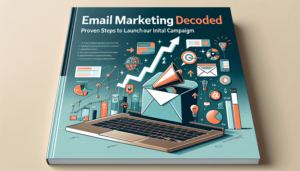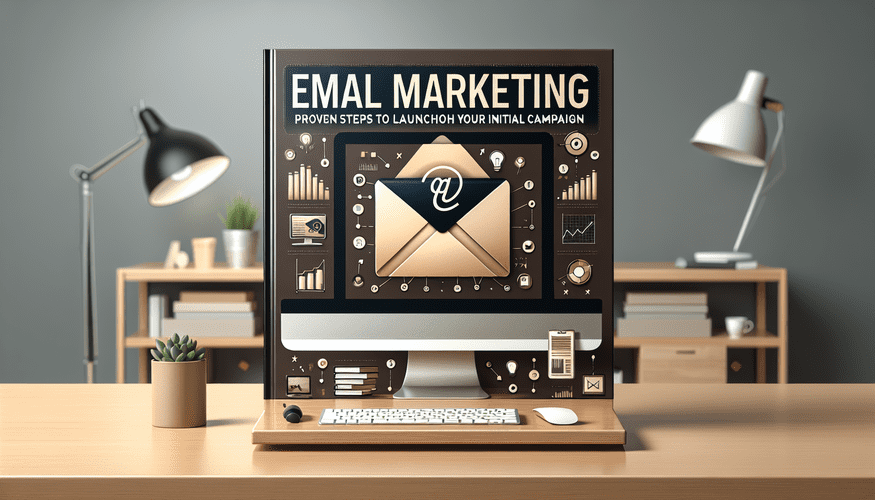Email marketing remains a cornerstone of digital strategy for businesses across the globe. It offers a direct line to your audience, personalized engagement, and measurable outcomes. However, like any marketing strategy, it comes with its own set of advantages and challenges. This article provides a clear roadmap for launching your first email marketing campaign, along with an honest look at its pros and cons.
Proven Steps to Launch Your Initial Email Marketing Campaign
Step 1: Set Clear Objectives
Before diving into email marketing, define what you aim to achieve. Whether it’s increasing sales, promoting a new product, or improving customer retention, having clear goals will guide your strategy and help measure success.
Step 2: Build Your Email List
Start by creating a list of contacts who have opted to receive emails from you. Utilize sign-up forms on your website, blogs, and social media platforms to gather emails legally and ethically.
Step 3: Choose the Right Email Marketing Tool
Select an email marketing platform that suits your needs based on features like automation, template designs, and integration capabilities.
Step 4: Segment Your Audience
Divide your email list into segments based on demographics, purchasing behavior, or engagement levels. This allows you to tailor your messages more precisely to different groups, enhancing relevance and effectiveness.
Step 5: Craft Your Message
Develop compelling content that resonates with your audience. Focus on creating value through informative or entertaining material that aligns with your objectives.
Step 6: Design Attractive Emails
Use a responsive design that works well on both desktops and mobile devices. Ensure your emails look professional and are consistent with your brand’s visual identity.
Step 7: Test and Optimize
Before sending out your campaign, conduct A/B tests on different elements like subject lines or call to actions to determine what works best. Use the insights gained to optimize future campaigns.
Step 8: Measure and Adjust
After launching your campaign, track key metrics such as open rates, click-through rates, and conversions. Analyze the data to understand what’s working and make necessary adjustments to improve future campaigns.
Pros of Email Marketing
- Cost-Effective: Compared to many other forms of marketing, email marketing is relatively inexpensive and offers a high ROI.
- Direct Communication: Email allows you to reach your audience directly, making it easier to communicate personalized messages and offers.
- Measurable Results: With email marketing, every aspect of your campaign can be tracked and analyzed, helping you make data-driven decisions.
- Increased Engagement: Regular, targeted emails can keep your audience engaged with your brand, encouraging more consistent interactions.

Cons of Email Marketing
- Delivery Issues: Emails can end up in spam folders, or you might face deliverability issues due to poor sender reputation, which can affect campaign effectiveness.
- Design Challenges: Creating emails that look good and perform well on all devices requires technical know-how and can be time-consuming.
- Over Saturation: Many users receive a large number of emails daily, making it challenging to stand out in crowded inboxes.
- Maintenance of List: Managing an email list requires ongoing effort. The list needs to be kept up-to-date to avoid sending messages to invalid email addresses.
Email marketing, when decoded and implemented correctly, can lead to significant business growth and enhanced customer relationships. By understanding the steps to create a campaign and recognizing the potential hurdles, you can effectively harness the power of email marketing to achieve your business goals.
Try our Marketing ValueMail tool.

